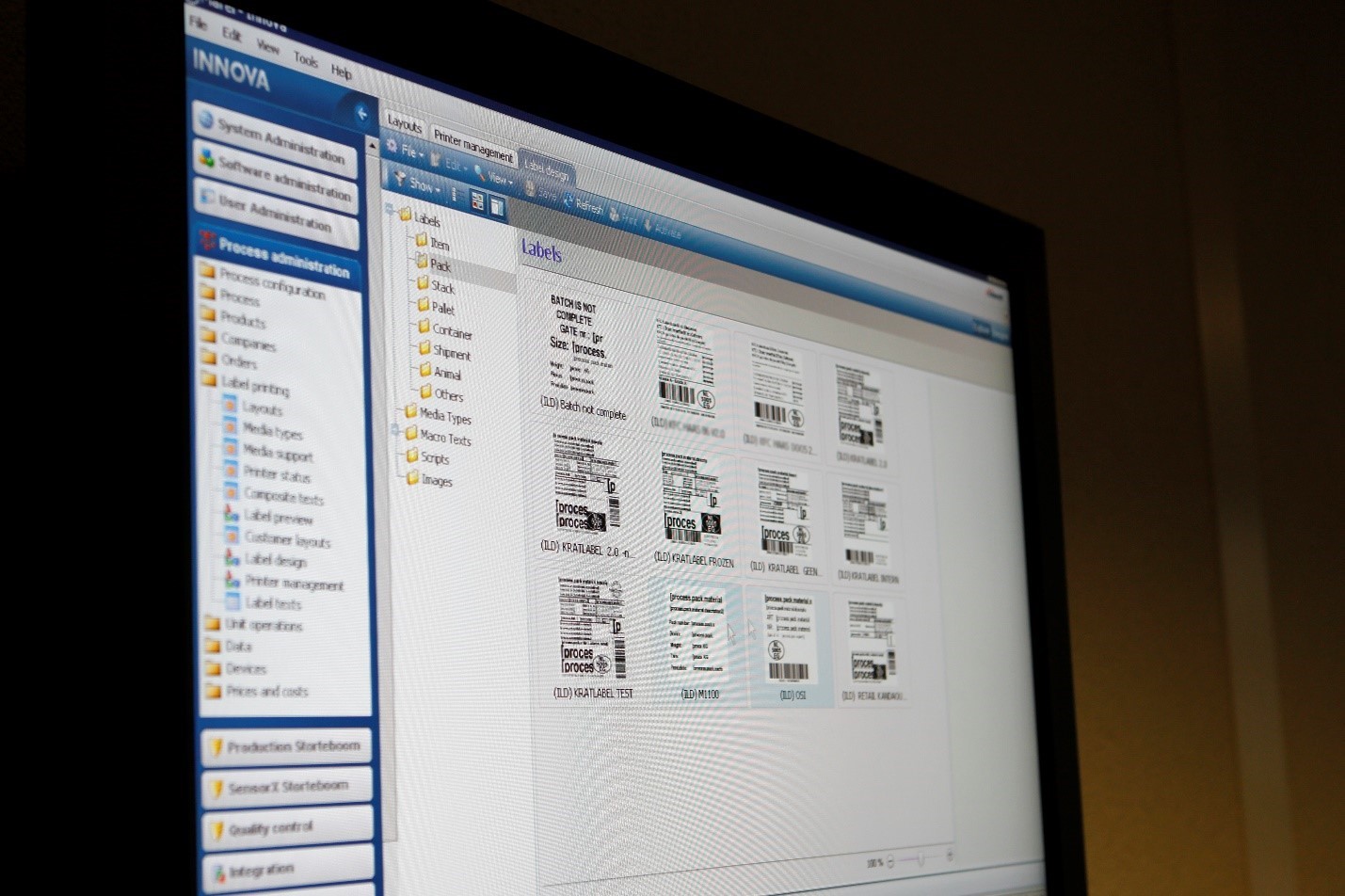The importance of labeling within food processing comes from its ability to speak to information about the product. With growing demands for traceability both from consumers and regulations, processors need a way to display the required information about their product. Labeling provides that display for them.
What is the best method of labeling?
One of the questions processors must ask themselves is whether or not their methods for labeling product is helping or hurting them. Before the development of software solutions, processors had to use pen and paper methods of marking product before it went to dispatch. There’s a lot of risk with these methods though as they are inherently susceptible to human error, be it writing the wrong information on the wrong product or even just having handwriting that’s hard to read.
The problem with traditional labeling methods
When we think of traditional labeling methods, we think of people writing what a product is on a box much like we might do with leftovers we are freezing at home. While this system might be fine for a smaller scale or for personal use, once you start trying to implement it into a larger production it can very quickly cause issues when it comes to traceability.
Traditional methods come with the inherent risk of human error, from incorrectly labeling a box to simply having handwriting that’s hard to read. While some methods are slightly more advanced than this, say creating a label in a word document and printing it out, without a software solution the cohesiveness of label design and implementation of new data into them can be troublesome.
It poses the question: How much confidence do you have in your current labeling system? Are the right labels on the right boxes? The dangers of that kind of mistake can be anywhere from having to recall and replace the product to potentially losing the entire contract with that customer.

